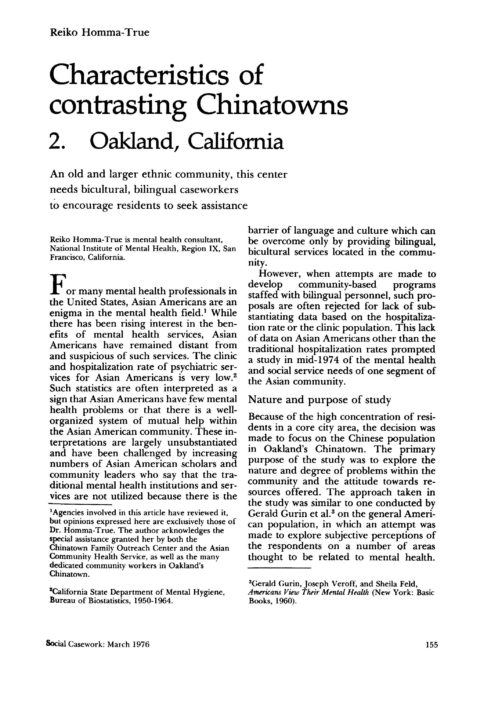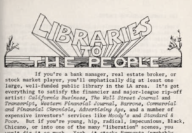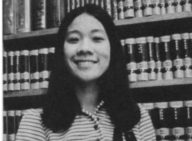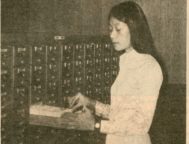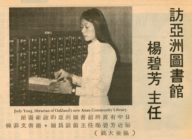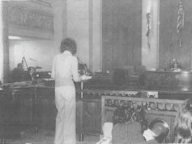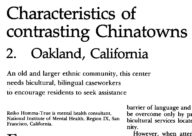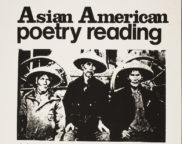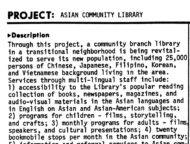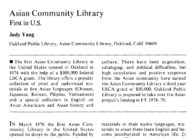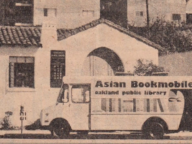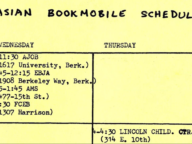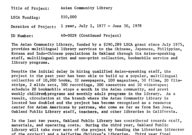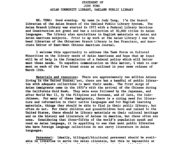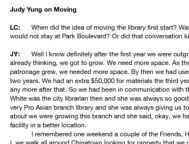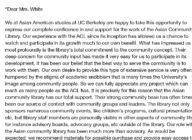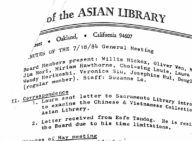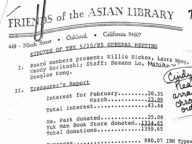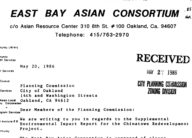Although this article by Reiko Homma-True does not mention the Asian Community Library, it was based on a study of Oakland’s Chinatown in 1974, two few years before the opening of the Library — and held lessons that were applied to its development.
Oakland’s Chinatown, Homma-True wrote, was “an old and larger ethnic community” that “needs bicultural, bilingual caseworkers to encourage residents to seek assistance.” Her study was concerned with the mental health of the community, and she emphasized the need for mental health outreach, given that “Asian Americans have remained distant from and suspicious of such services” and given that so many Chinatown residents did not speak English as their first language.
Homma-True discovered that the vast majority of Chinatown residents surveyed (99%) were foreign-born immigrants and had difficulty communicating in English; that a large fraction of Chinatown residents (22%) were beneath the poverty level but that a relatively small proportion of them claimed public assistance; that few (14.5%) were willing to seek help from social workers at Chinese agencies for their problems; and that very few (3.9%) were willing to seek help from a minister or physician.
Homma-True made three recommendations at the end of her article: “(1) emphasis on community-based operation; (2) staffing by bilingual, bicultural professionals and paraprofessionals; and (3) involvement of key community leaders and members in the program planning and management.” These three recommendations, though made in the sphere of public health, embodied principles that the Asian Community Library would follow in its first years.
Homma-True’s study was an initiative of Asian Community Mental Health Services (ACMHS), a non-profit founded in 1972.
